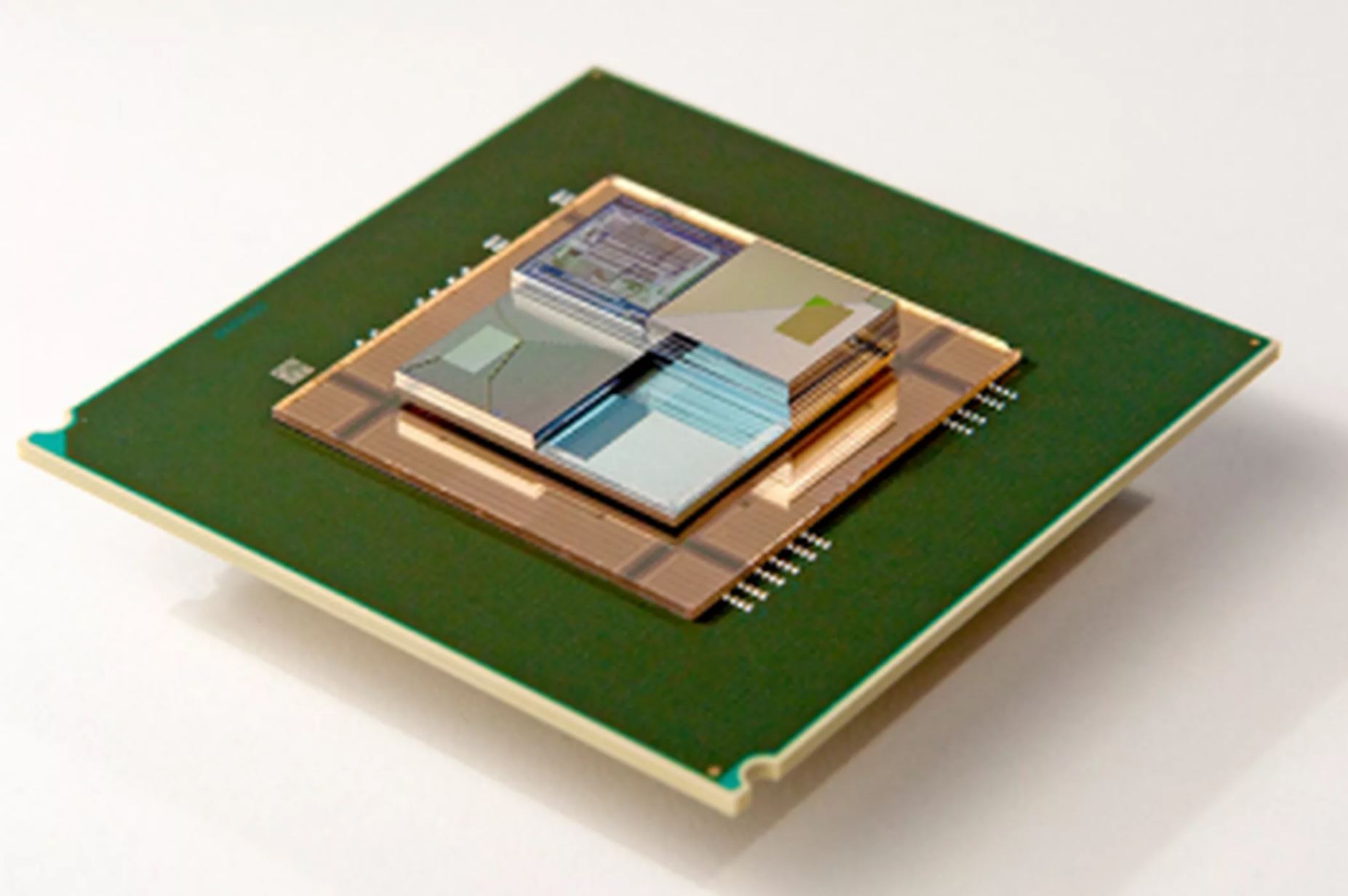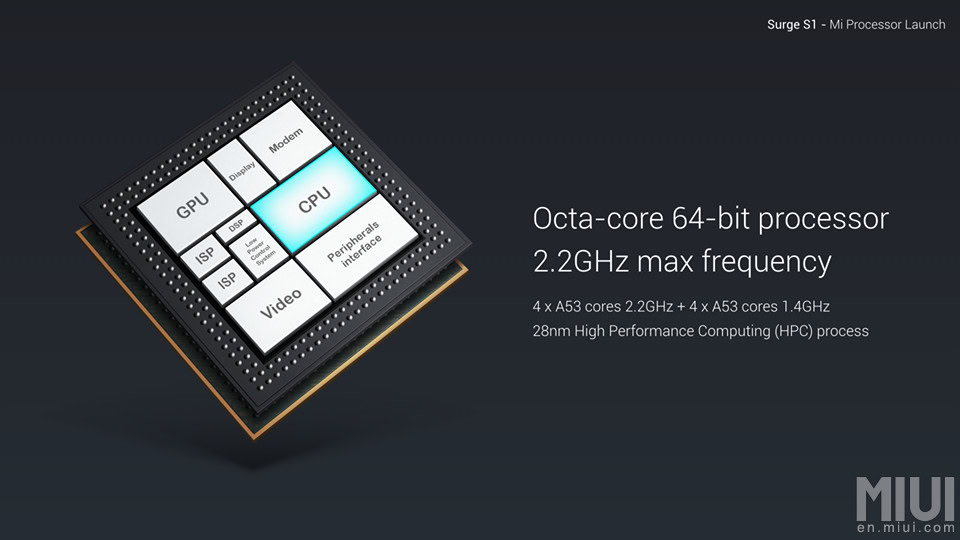Affiliate links on Android Authority may earn us a commission. Learn more.
Liquid Flow batteries could power and cool your device at the same time


We usually think of liquid cooling as a method of keeping processors stable and able to function, but what if this liquid could be used to generate electricity for the processor while cooling it at the same time? That’s the idea behind liquid flow batteries, which were developed by researchers at ETH Zurich and IBM research Zurich, who think they may be able to remove excess heat through the movement of liquid electrolytes.
Flow batteries have traditionally only been used in applications such as solar panels and wind turbines, where energy can be stored for later use. The new design thought up by the researchers can be packed into a much, much smaller package however, measuring in at only 1.5mm thick. The teams say they can generate 1.4 watts of per square centimeter of the batteries as well, which could result in something quite efficient indeed.

Many device manufacturers have experimented with things like vapor chambers before, where small bits of liquid are used to cool the processor before evaporating back for collection and reuse. The difference here is this liquid can now to used to generate electricity instead of only keeping the device cool, and that is something quite revolutionary indeed.
The researchers have developed an early prototype which they say is not quite able to power a computer chip, but overall the idea is quite staggering. By evolving this technology to be better suited for modern day applications over the next few years, our batteries could be much cooler and much more efficient than they are today.
Interested in the technology? Battery tech is all the rage these days, and it seems researchers are constantly coming up with new and exciting methods to keep our devices juiced up.